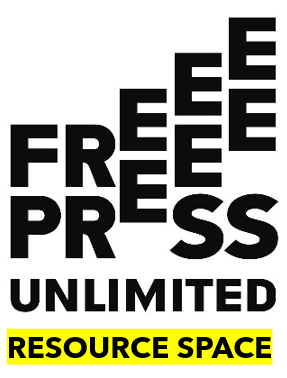There are multiple views on what the role of journalism is in society, varying from just reporting facts to its perceived role as being a watchdog, a guardian of democracy, an educator, a Fourth Estate, to giving a voice to the voiceless and acting as an advocacy actor. What ever that role may or should be, news media and journalists can only perform their role if the environment in which they work is conducive to free and independent media.
There are multiple initiatives that assess a country’s media landscape and/or state of freedom offline and online for media and journalists. These assessments differ widely in their aim, scope and methodology, which often include research methods like surveys, structured interviews and analysis of secondary data in the open domain and subsequent scoring by expert panels or research staff. They are based on a set of indicators that attempt to describe the whole, or a specific range of enabling factors for media and journalists to operate free and independent and to contribute to good governance and democracy.
Some of these methodologies are more descriptive and neutral in tone whereas others rank countries based on a certain advocacy issue such as media ownership, impunity for crimes against journalists or overall press freedom. Next to methodologies to monitor and analyse the media landscape, there also initiatives that keep a watchful eye 24/7 on press freedom violations and issues alerts and newsletter.
Read More
Deusche Welle Akademie has developed an interactive map, the Media Freedom Navigator, which gives an overview of the status of press and media freedom around the world and regionally. It is based on a number of methodologies, presented here but also including the ‘home grown analysis of the media landscape’ African Media Barometer, to assess and / or rank the enabling environment for the media.
